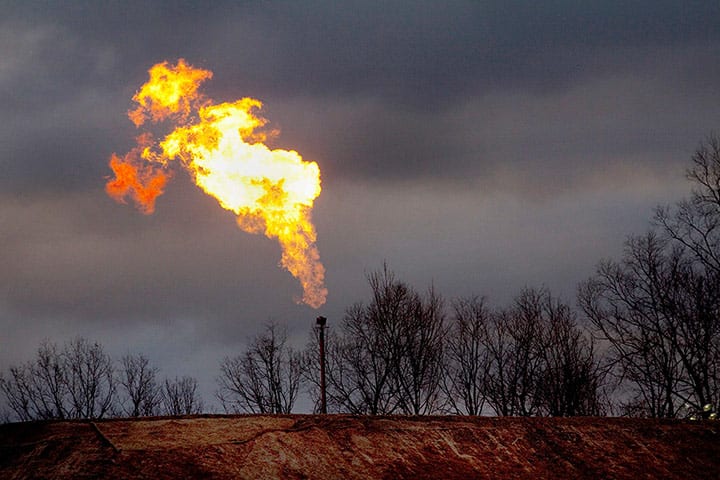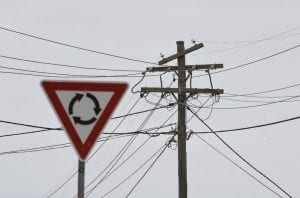If ever you wondered what a mass flight of capital might look like when the big end of town finally decides that the fossil fuel industry is coming to an end, then the collapse of the shale oil industry in the US might give an insight.
Last week, in our Graph of the Day: Collapse of US shale oil industry we highlighted the 25 per cent slump in rig numbers in the US shale oil industry over the last three weeks. It’s gotten worse since then.
In the week to February 6, another 84 rigs were pulled out, a number only topped by the 93 pulled the week before. As Mark Lewis, from Kepler Chevreux noted, this is unprecedented, and it make cause a total rethink of the shale oil model, and by association, the shale gas model too.
Lewis notes that the number of rigs has collapsed 30 per cent, mostly in the last 5 weeks. From its peak of 1,609 on October 10 last year, the Baker Hughes rig count has now fallen by 469 to stand at 1,140. Of these, 342 rigs have been dropped since the start of the 2015 calendar year.
“Five of the largest seven weekly drops in the rig count since 1987 have now occurred in the last five weeks,” Lewis notes. “This really is unprecedented.”
However, the fact that shale-oil operators are laying off rigs at such a rapid rate suggests to us that the market will have to start re-appraising the sustainability of the US shale-oil model in the near future.
Lewis notes that the shale model has essentially been a financial and production treadmill. Because each well only lasts a year or two, it requires constant investment and new wells. But as prices fall, and all the cheap wells are exploited, then the industry disappears down a hole. This is what is happening now.
The significance is that the US shale oil industry has been the big swing factor in the global oil industry over the last decade. Without it, the global supply of crude oil would have declined over the last decade.
“The problem with relying so heavily on continuing growth in shale-oil production is that the decline rates of shale-oil wells are much higher than those for conventional oil wells, and this means that a large number of new wells must be drilled every year simply in order to offset ongoing natural decline,” Lewis notes.
“This drilling treadmill gives rise to a capex treadmill, whereby constant infusions of new capital are required in order to enable the drilling to continue.”
Lewis says the price collapse in oil, and the sharp drop in the number of rigs, means that the re-appraisal of the shale model has begun. “As long as prices remain at current levels, we would expect the rig count to keep dropping,” he says.









